Significance of the damaged historical sites in Syria and Turkey
- Update Time : Sunday, February 19, 2023
- 223 Time View

The earthquake that hit Syria and Turkey in 2023 was catastrophic and horrific, claiming more than 41,000 lives at the time of writing. It is an awful time for the whole world, bringing devastation and despair to the citizens of Syria and Turkey. Additionally, the earth lost many historical sites that once played a significant role in the region. Here are some of the most important historical locations devastated by the earthquake in Turkey.
The Citadel of Aleppo in Syria

The Citadel of Aleppo is one of the oldest and most important towns in Syria and a representation of the history and culture of the area. It was constructed during the Roman era and is situated in the northern section of Aleppo city. Numerous statues date back more than 2,000 years, and it has resisted numerous assaults, including an Ottoman siege in 1710 and a French invasion in the 19th century.
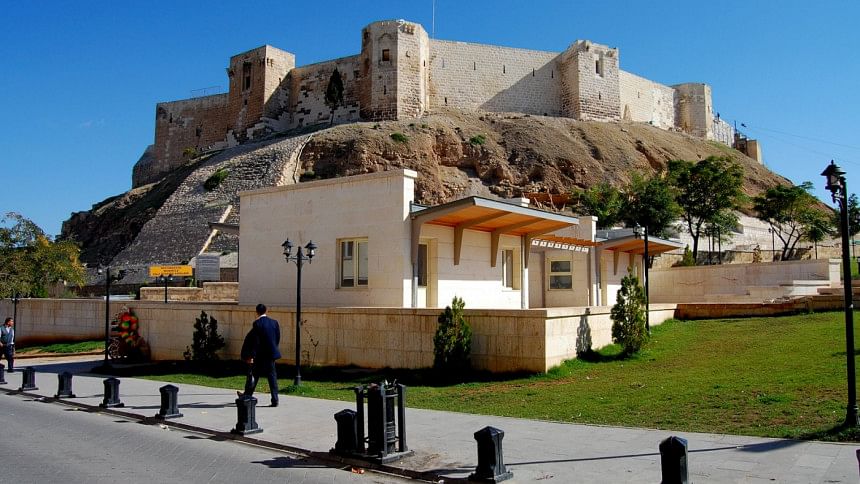
The 11th-century Gaziantep castle is a significant historical location in Turkey. It was included on UNESCO’s World Heritage List in 2003 and served as a prison for inmates under the Ottoman Empire. Sultan Orhan Gazi built it in 1396, and it is one of Turkey’s largest and most beautiful castles. Kilij Arslan II, a Seljuk sultan, built it in the 11th century to protect the city of Gaziantep. It contains four towers, a barbican, and more than 700 chambers that have been returned to their original state.
Sirvani Mosque, Gaziantep
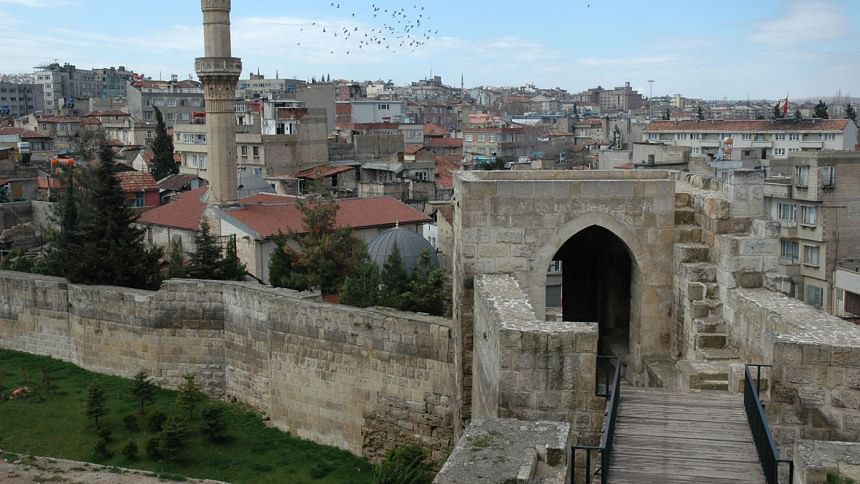
The Sirvani Mosque is a significant site of worship in the Turkish city of Gaziantep, constructed in 1609 by the Sufi leader Muhyiddin Sirvani. It features four 110-meter-tall minarets, a dome coated in gold tiles, and separate prayer rooms for men and women. It was constructed between 1225 and 1254 by Sultan Alaeddin Keykubat II in honour of Sheikh Sirvan, a Christian saint who served as the city’s patron and is one of the earliest mosques in Turkey.
Yeni Mosque
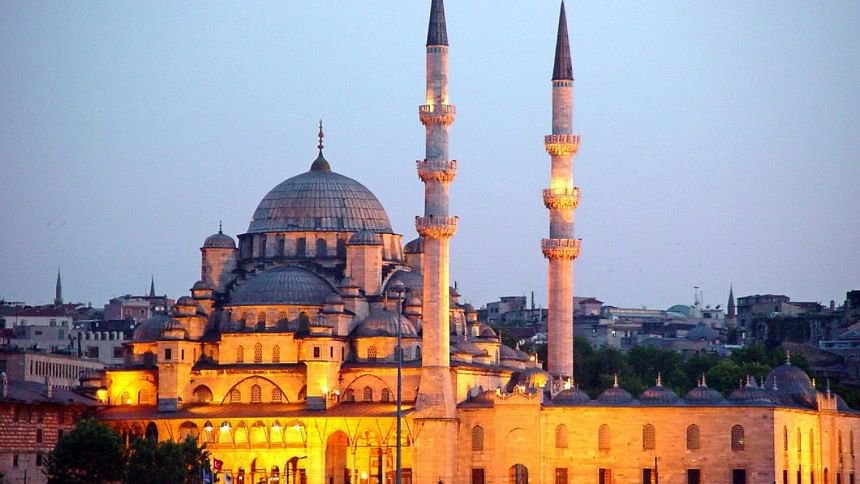
Turkey’s Malatya is a city renowned for its ancient mosques and other structures. The Turkish builder Necati Ipekci constructed the Yeni Mosque, also called the New Mosque, in 2004. It has both traditional Turkish architecture and contemporary characteristics like glass walls and skylights. It was built in 1369 by the Ottoman sultan Orhan Gazi and is the oldest mosque in Malatya. It is renowned for its enormous centre dome and numerous towering minarets. As a significant aspect of Malatya’s culture and history, it was still commonly practised before the earthquake.
Diyarbakir Fortress, Sur
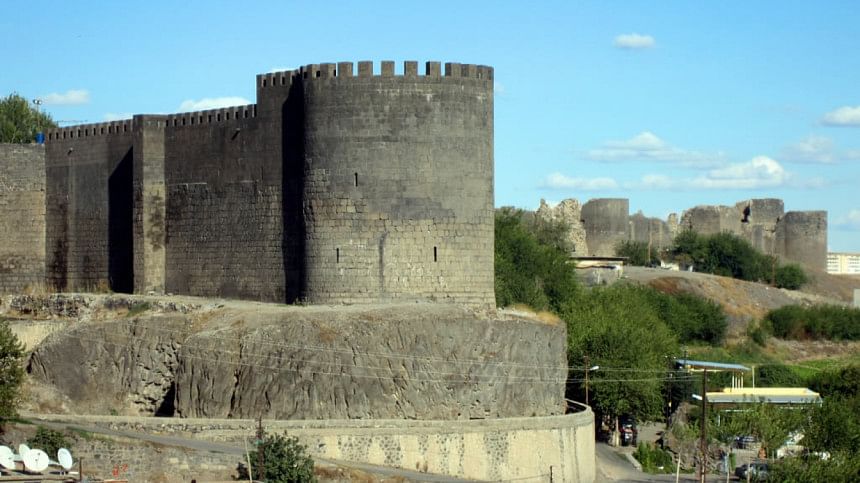
The Diyarbakir Fortress, Sur, was constructed in 1522 by the Ottoman ruler Suleiman the Magnificent and is now a UNESCO World Heritage Site. It has served as a haven for individuals under the Turkish government’s repression for more than 30 years and has become a representation of Kurdish resistance. Marxist-Leninist Freedom Party (TKP) fighters from the Kurdish region took control of the fortress in April 2016 and made it their base of operations. On May 21, 2016, Turkish forces retook control of the city.
Latin Catholic Church
The Latin Catholic Church in Hatay is a 1,000-year-old Christian congregation founded by Pierre de la Valette in 1226. It was damaged by an earthquake in 1876, but Bishop Pierre-Louis de La Valette donated money to rebuild it. It is situated on Mount Cayin, close to Nusaybin village, 10 kilometres from the heart of Mardin. Red tiles and white plaster are used to embellish the interior walls. Thomas Aquinas founded the church in 1273.
Earthquakes are becoming more frequent for people in Turkey and Syria, but this one has been particularly destructive since 2011. It’s time to rebuild these important historical sites. The endeavour will be challenging from an archaeological perspective.


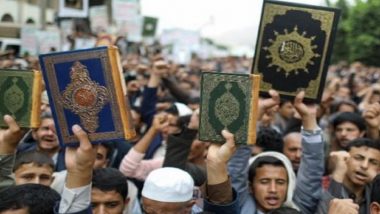
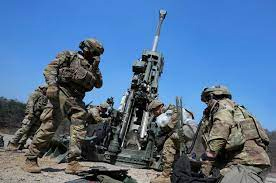




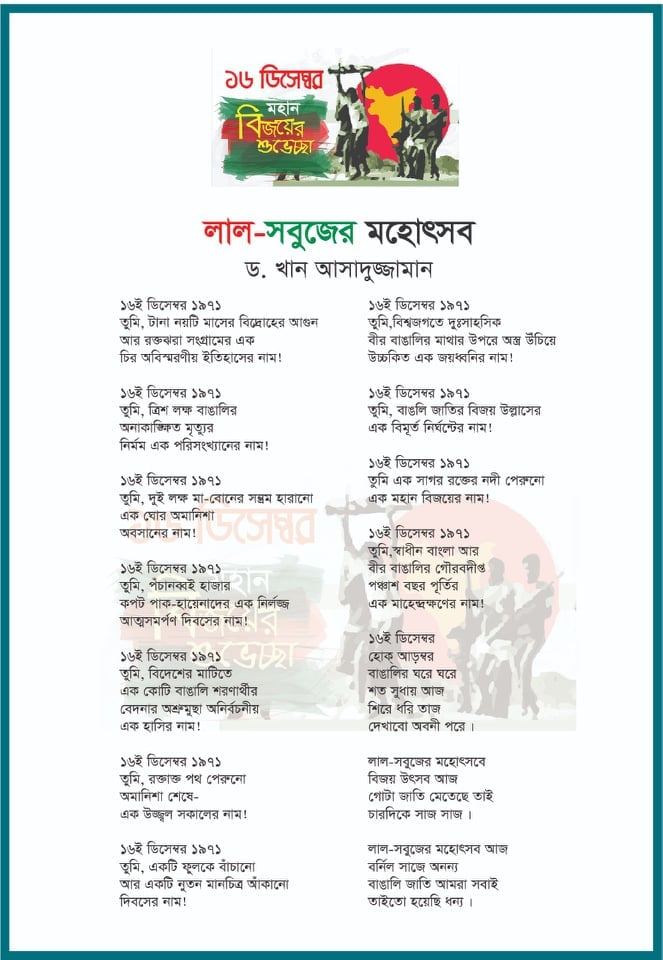



Leave a Reply